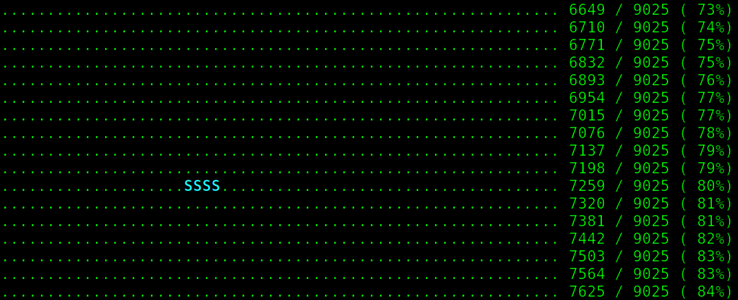Tag: Guide
Tutorials, how-tos and step-by-step guides. Learn basics through straightforward step-by-step procedures, experience the power of learning and solving.
SkillDisplay - Help People Solve Their Problems With an Online Tutorial
Are you eager to support people with different e-learning methods? SkillDisplay shows how you can solve people's problems by creating an online tutorial. Follow their five-step plan to make your tutorial king! Also, use the Self SkillUp-button to share your acquired skills with others.
Testing TYPO3's Core - Part VII: A Historical View
The road to establishing the best possible workflow patterns for testing TYPO3 has been long and winding. It has been filled with up and downs and loads of lessons have been learnt along the way. Today the test environment runs efficiently. Join us for a glimpse behind the scenes!
How to Use JavaScript in TYPO3’s Backend
JavaScript can be found in all parts of a software system that interact with a browser, e.g. backend tasks, web servers and data processing. TYPO3 v7 and v8 support AMD modules by using RequireJS. One of the advantages of using RequireJS is an improvement in website performance.
SkillDisplay - Making the Value of Your Learning Resources Visible
Teaching can be a rewarding experience - both for you as a mentor and your student. Gestures and facial expressions speak for themselves. However, if you help someone online, all personal reaction gets lost. SkillDisplay shows you how to give credit to your learning resources and use SkillUp buttons.
Testing TYPO3’s Core - Part VI: Integrity Tests
Integrity tests are an integral part of TYPO3’s quality assurance process. This fourth and final step in our review process is used to check communication paths between different parts of the system and shows that all modules work correctly together. If all runs smoothly, a patch is then merged into the core.
SkillDisplay - Teaching in a Modern Way
Learning can be fun. SkillDisplay is a platform which offers pre-built learning paths, the so-called SkillPaths. It aims at making students more independent by offering precise guidelines and tracking acquired skills.
Testing TYPO3’s Core - Part V: Acceptance Tests
All non-trivial software has bugs, they're an inevitable byproduct of writing software. It's a systematic review process which keeps them to an absolute minimum and ensures a high-quality. Acceptance tests are the third step we use for testing TYPO3's core before merging patches into the system.
Testing TYPO3’s Core - Part IV: Functional Tests
After making changes to TYPO3´s core we always run a series of testing which consists of four different steps. Functional tests are an integral part of this review process and give answers to the questions “Did we build a correctly working software?” and “Does the software meet the business requirements?”.
Testing TYPO3’s Core - Part III: Unit Tests
Units are the smallest testable parts of software. The workflow patterns we use for testing TYPO3´s core have evolved over time and unit testing became an integral part quite a few years ago. This was after experiencing rather strange issues when first integrating the scheduler into the core.
Testing TYPO3’s Core - Part II: On Hardware & Dockers
Developing a successful and strong software requires a decent development platform with specific hardware, third-party software and parallelization of jobs. An efficient communication between this setup and other parts of the system ensures that processes run smoothly and swiftly.
Testing TYPO3's Core - Part I: Infrastructure
Automatic testing is integrated into the process of developing TYPO's core. Every patch version that is pushed to the review system goes through a standard process and multiple verification ensures that the software conforms to requirements.










